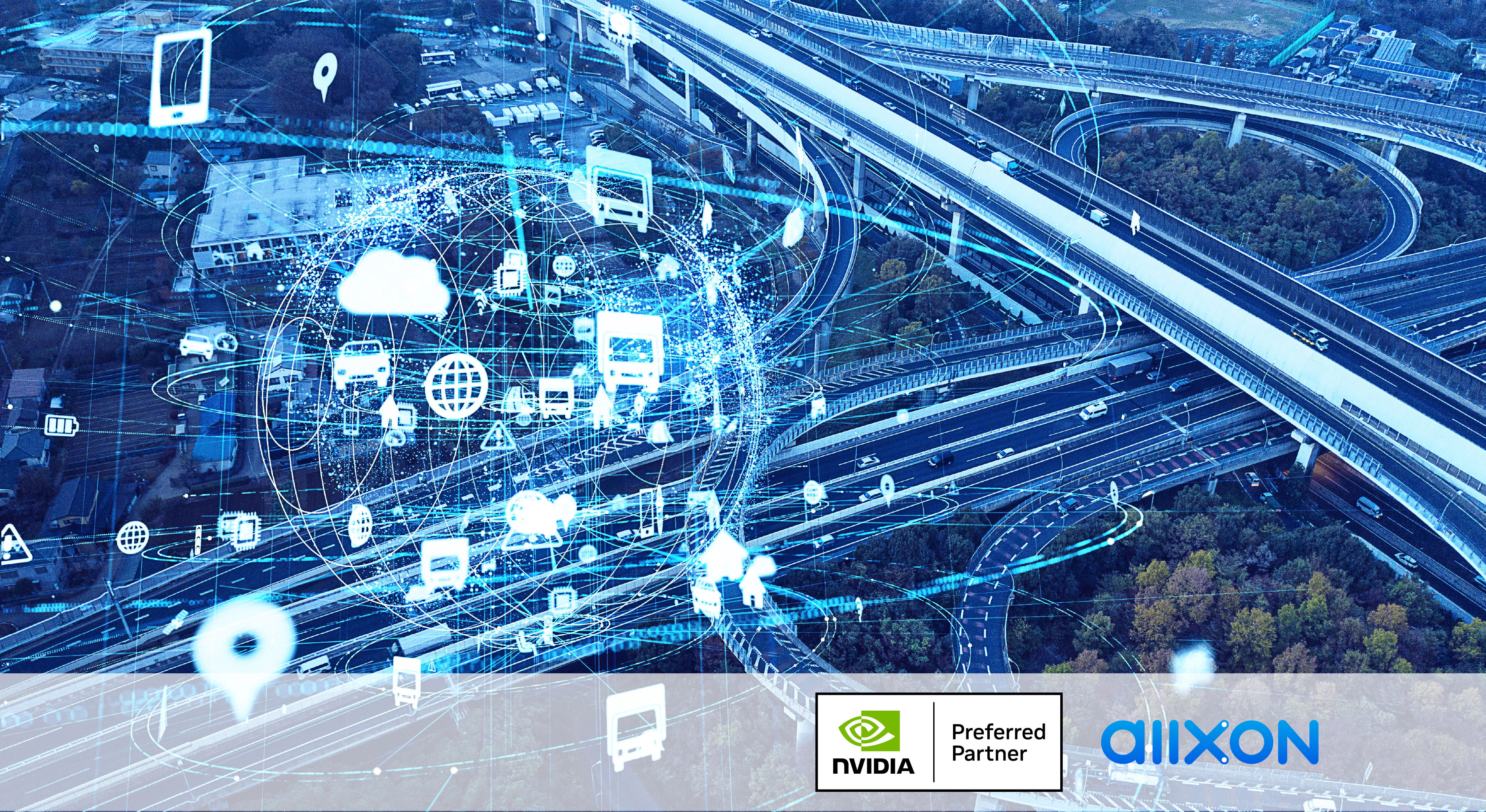What is Edge AI?
Edge AI is a combination of edge computing and Artificial Intelligence that enables tremendous amounts of data to be processed locally on a hardware device using machine learning and deep learning algorithms.
Edge AI can be applied in any device that can locally generate data for AI models to process and evaluate. In comparison to transferring all the data through high latency cloud computing, edge AI does not require an internet connection to process data at the edge node. Deep learning algorithms that are used at the edge can also reduce network bandwidth by identifying, classifying, detecting, and determining which data inputs should be archived and which should be recycled.
Bringing data processing and data analysis to the closest point of interactions is safer, and reduces a substantial amount of time transferring data back and forth from the edge to the cloud server. With accelerated processing times, edge AI enables real-time decision-making, saving businesses time and costs on technical operations.
How is Edge AI Applied in the Market?
The application of edge AI is cross-industry, cross-location, and cross-device. Edge Artificial Intelligence can be found anywhere from large industrial machinery located in manufacturing sites to small monitoring devices found elevated on traffic light posts. With impressive computing speeds and deep learning algorithms, industries can now apply advanced image recognition technologies to stay well informed in real-time for faster decision-making.
-
- Safety and monitoring: Edge AI-optimized security cameras are applied across markets to help monitor and identify multiple people and objects for people flow analysis. Face mask detection or even facial expression analysis can contribute to collecting valuable data inputs for retailers to receive real-time feedback on customer behavior.
- Law enforcement: New traffic surveillance technologies are widely installed over cities and countries. The machine learning algorithms inside traffic surveillance cameras use license plate recognition or vehicle detection to help with traffic flow analysis and transportation regulations.
- Vehicle automation: Artificial Intelligence models in self-driving vehicles help to identify and detect surrounding objects and movement. Autonomous vehicles rely on edge AI to process data in real-time so they can rapidly respond and quickly make driving decisions upon data inputs.
- Automated production: Edge AI in industrial IoT can be found scattered over industrial worksites to help mission-critical industries automate productions and optimize operations.
Pain Points in Managing Edge AI
SIs bring together edge AI systems, databases, and applications onto a cloud platform, while MSPs manage and maintain their infrastructures and services. Although edge AI is a versatile and scalable solution, SIs and MSPs can find its deployment and management just as challenging as the initial implementation of AI algorithms and development of AI applications.
Businesses often do not recognize the intricate buildup of their technical infrastructure and do not want to spend a lump sum on simple operations management. However, when different brands of hardware and software are used across different industries at different worksites, it can cost SIs and MSPs years to initialize and set up management tools that grant the accessibility and visibility needed for device operations management.
While edge AI systems can work tirelessly, they also need to be managed and maintained. Devices, operating systems, applications, and firmware all need to be continuously updated to its latest versions to keep operations secure, available, and consistent. Consequently, technical maintenance, repair, and replacements can be extremely expensive and time-consuming, particularly when dealing with various types of edge infrastructures and environments.
Though edge AI holds the potential to transform businesses, SIs and MSPs need to develop complete edge AI solutions that are easy to deploy, integrate, manage, and maintain.
Challenges of Launching Edge AI Solutions from PoC to Production
SIs and MSPs often underestimate the fundamental aspects that go into building successful solutions. The initial handling of edge AI solutions may seem viable during the first few months of the project’s proof of concept (PoC), however, its transition from PoC into production and throughout its entire lifecycle requires even stronger manageability. SIs and MSPs often run into the same obstacles and ultimately fail to bring their solutions from PoC to the production stages.
_for%20bibi.jpg?width=795&name=Allxon%20New%20Deck%20(%E8%9D%B8%E7%89%9B)_for%20bibi.jpg)
Scalability
Though scalability is one of the top advantages edge AI offers, it is also one of the biggest challenges faced by SIs and MSPs. Conglomerate industries usually require thousands of edge devices to be implemented across multiple locations. SIs and MSPs may find their solutions viable when managing a few devices during the PoC stages, however, as they begin to scale up their projects, provisioning and deploying thousands of devices becomes an issue. Without integrable, compatible, and customizable solutions, too much time and money will be spent on technical operations and ultimately bring the project to failure before it even begins to take shape.
Security
The power of scalability also means that the need to protect and secure the colossal amount of data being generated, transferred, and stored at numerous end points is paramount. SIs and MSPs need to thoroughly address this determining factor of cybersecurity issues both in the cloud and at the edge to protect the industry's AI/IoT network from being penetrated by malicious threats. Disaster prevention solutions and remote backup options also need to be readily available to ensure data can be recovered and kept fully confidential.
Manageability
With all the data that is made available, MSPs also need a single and unified platform that organizes and lays out all the detailed information about different devices at different locations for different projects. However, oftentimes, clients may use multiple brands of hardware and software, with thousands of devices scattered in different worksites. This makes it difficult for SIs to build a single unified portal that can help remotely manage all devices and operating systems in one place.
Flexibility
The downside to advanced edge AI technologies is its constant need to be updated and maintained at the PoC stage. With businesses that have thousands of different devices scattered in several locations, on-site device repair and maintenance can be extremely time consuming and costly. MSPs need to develop or integrate different solutions that enable all edge AI technologies to be remotely mass updated cross-OS, cross-platform, and cross-boundaries, on a single platform, for all systems to stay optimized, functional, and secure at all times.
Edge AI in the New World of AI/IoT
The emergence of edge AI has helped SIs and MSPs empower businesses with impressive technology that helps save time, reduce labor costs, optimize operations, and also manage risks using intelligent predictive analysis. The initializing and management processes of an edge AI project from its PoC to production stages may be complex, however, with the help of its remote monitoring and management benefits, SIs and MSPs have managed to help their clients maintain business continuity during unprecedented times such as the global crises. With Covid-19 pushing us to reevaluate the practicalities of working on-site, the development of edge AI solutions with remote capabilities and real-time information updates, have helped businesses stay afloat throughout the global pandemic.

![[1264 x 440] 299KB -12](https://www.allxon.com/hubfs/%5B1264%20x%20440%5D%20299KB%20-12.jpg)





